Hospital Point Lighthouse
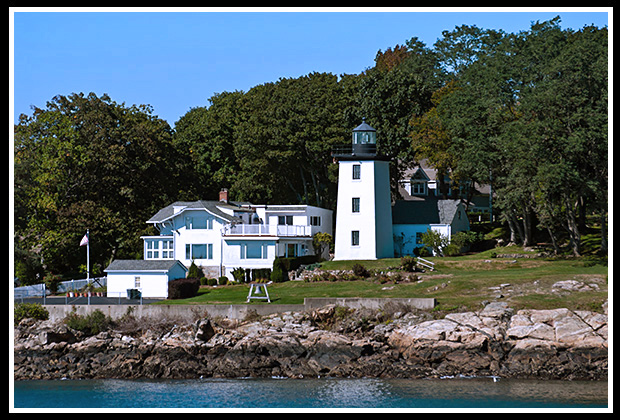
Beverly, Massachusetts
Built in 1872
Location:
Located at the water's edge in Beverly Harbor.
Privately Owned.
Latitude: 42° 32' 47" N
Longitude: 70° 51' 23" W
Historic Stories:
Hospital Point received its name from a smallpox hospital built nearby in 1801. It was destroyed by fire in 1849.
The Hospital Point Lighthouse was built in 1872 in Beverly as part of a system of three lighthouses to guide shipping traffic around Salem Harbor. The two other lighthouses, Derby Wharf and Fort Pickering (Winter Island) were built outside the city of Salem, Massachusetts.
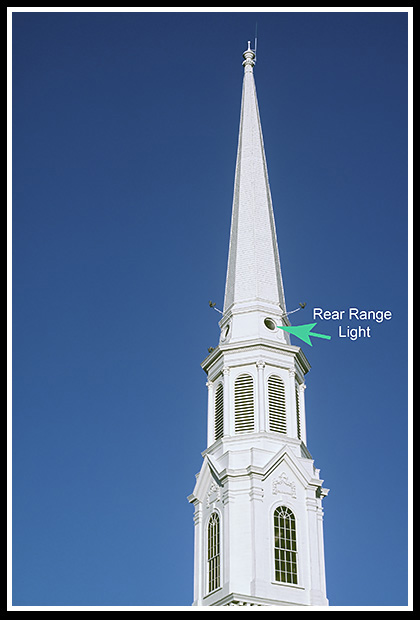 |
Hospital Point light station is part of two range lights. The rear range light is located on the steeple of the First Baptist Church in downtown Beverly. It sits at 127 feet above sea level. |
This second beacon signal was built from the remains of a lightship.
Joseph Henry Herrick served at Hospital Point from 1873 to 1917. Making him the longest serving keeper. He was also from Beverly, served in the Civil War, and at one time was a shoemaker in the city.
In the early 1900's the area around Hospital Point light become known as the local "lover's lane".
President William Howard Taft (1909–1912) had a summer home located between Hospital Point and Beverly Cove. His 12-year old son Charlie tried to climb the tower one day and became sick, and was helped done to the base, where he felt better. Some believe it may have been a slight fear of heights.
The church that housed the rear range light in its steeple was destroyed in a fire in 1975, but the steeple and light survived; they were replaced onto the rebuilt church. The light continues in its active service.
Rare Active Fresnel Lens
Lighthouses in the 1800s into the 1900s used powerful Fresnel lenses that could magnify a lighthouse's beam for many miles to help mariner with navigation. Their strength was measured and classified as "orders" in whole numbers from 1-6. A first order lens was the largest and most powerful for lighthouses high atop island hilltops used for focusing on shipping traffic out at sea, whereas the sixth order lenses were used inside harbors and along rivers.
Hospital Point Light (front range) houses a rare third-and-a-half-order Fresnel lens that is still in use today. |
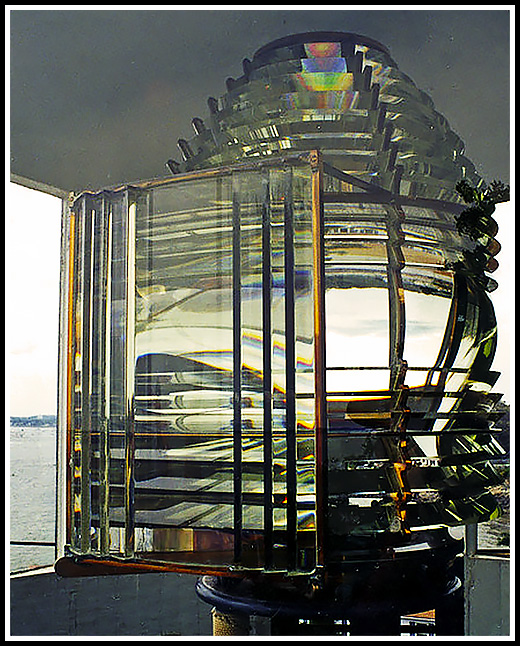
Hospital Point Light |
The lighthouse has the distinction of having this rare type of lens, and is only one of five lighthouses that have active Fresnel lenses still used in Massachusetts.
Places to Visit Nearby:
Historic Beverly is an affluent community with quaint shops and restaurants, beautifully decorated homes, and plenty of community events. The North Shore Music Theater in Beverly offers professional concerts and theater events for everyone.
| Lynch Park provides a nice area for solace and recreation by the harbor, and a close view of the lighthouse. | 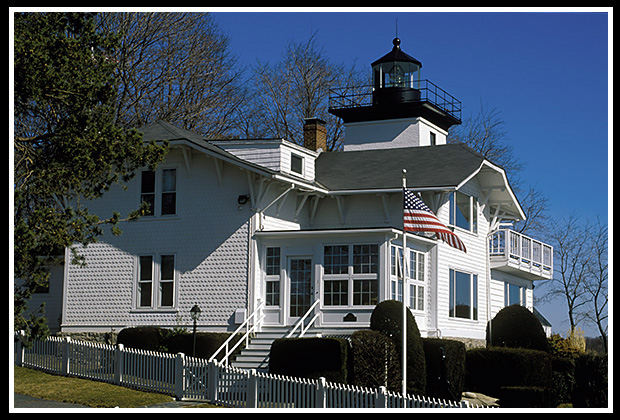 |
Many other parks and beaches are located in this community.
The lighthouse can be viewed from Bayview Avenue in Beverly. Although the lighthouse is closed to the public (private residence), the Coast Guard opens the lighthouse in conjunction with the Essex National Heritage Area annual "Trails and Sails" events each September and recently has promoted additional tour events for visitors.
Directions:
- Take Route 93 North to US Route 95/128.
- Follow 95 North until it splits with 128.
- Follow route 128 to exit 18.
- At the end of the ramp, follow Old Essex Road to Route 22.
- Take Rout 22 South (you can also take Route 127 in Beverly), towards the harbor on East Corning Street.
- When East Corning Street ends, take Bayview Avenue, which ends at the lighthouse.
- At low tide, it is possible to walk along the shoreline from Lynch Park to get a view of the front of the lighthouse.
- Lynch Park is reached by taking a right on Neptune Street where East Corning Street ends.
Location of Range Light: Hospital Point is part of two range lights. The “rear” light is located in the steeple of the First Baptist Church, in Beverly, at 221 Cabot Street.
- From the end of Highway 1A's bridge over the Porter River in Beverly, follow Highway 22 for just under a mile.
- The church will be on your right at 221 Cabot Street.
Contact Info:
Essex National Heritage
Email: Essex Heritage
Local Boat Tour For Visitors
Mahi Mahi Cruises & Charters
Among daily cruises in Salem Harbor, they provide specialized lighthouse cruises as part of their Early Summer Lighthouse Cruise and the Lighthouse Fall Foliage and Chowda Cruise.
P.O. Box 3063
Salem, MA
Phone: (800) 992-MAHI (6244)
E-mail: info@mahicruises.com
Books to Explore
New England's Haunted Lighthouses: 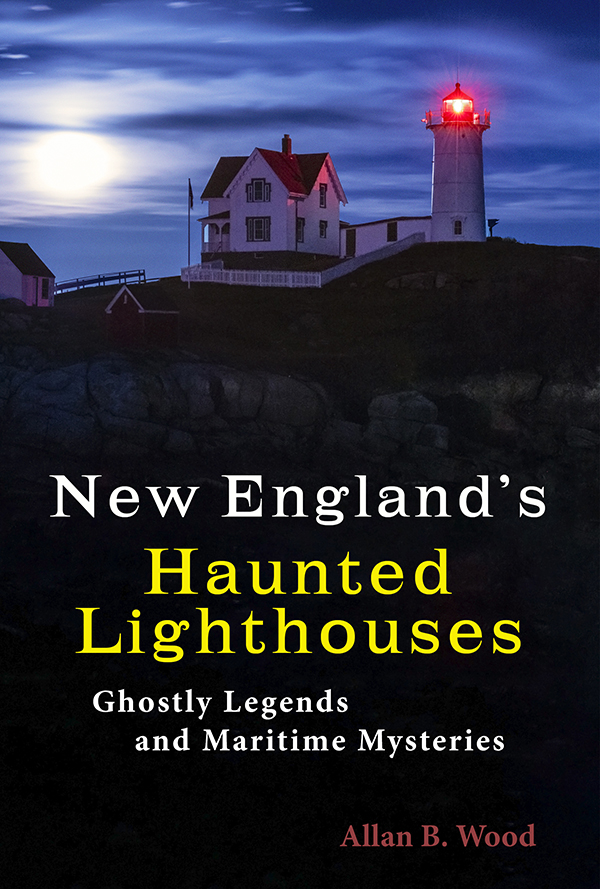
Available in paperback. |
Discover the historical mysteries surrounding the haunted lighthouses of New England! This image-rich book features ghostly tales of devoted keepers who refuse to leave, ghost ships, shipwreck victims, and restless spirits searching for peace. These narratives offer a glimpse into the past, intertwining factual events and history with maritime legends, myths, and lore. You'll find that Bakers Island nearby is believed to be haunted by a phantom foghorn. Immerse yourself in the spectral stories associated with these iconic beacons! |
Lighthouses and Coastal Attractions of Southern New England: This book provides special human interest stories from each of the 92 lighthouses along the southern New England coast, with info on plenty of indoor and outdoor coastal attractions and tours. Look inside! |
|
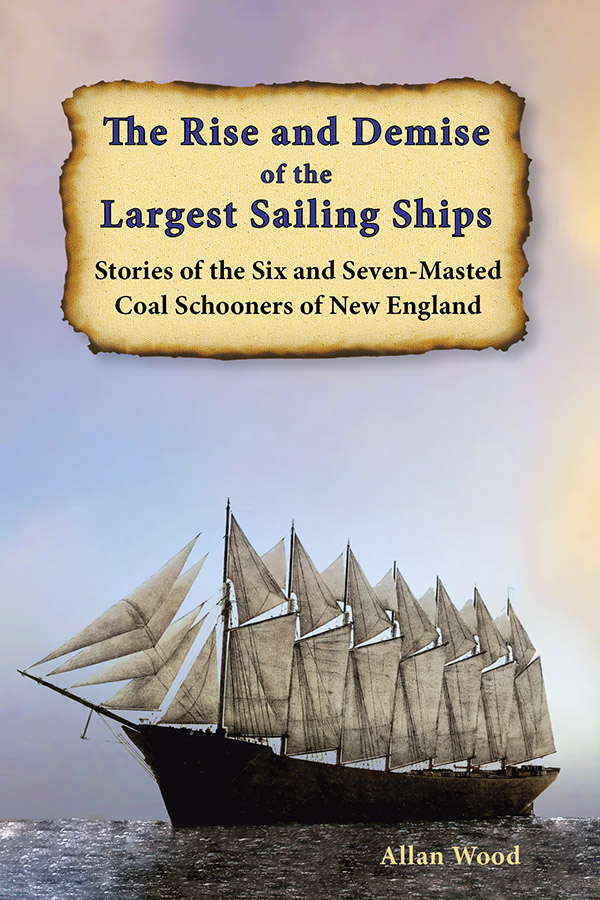
To order a signed paperback copy: Available in paperback, hardcover, and as an eBook for all devices. |
The Rise and Demise of the Largest Sailing Ships: In the early 1900s, New England shipbuilders constructed the world’s largest sailing ships amid social and political reforms. These giants of sail were built to carry massive quantities of coal and building supplies and measured longer than a football field! These true stories include competitions, accidents, battling destructive storms, acts of heroism, and their final voyages. |

